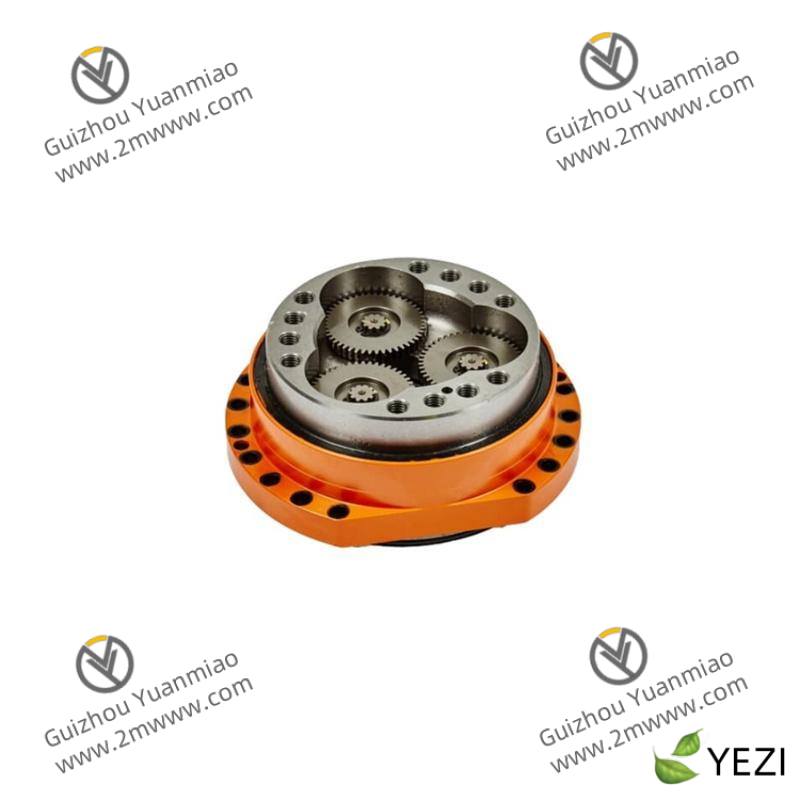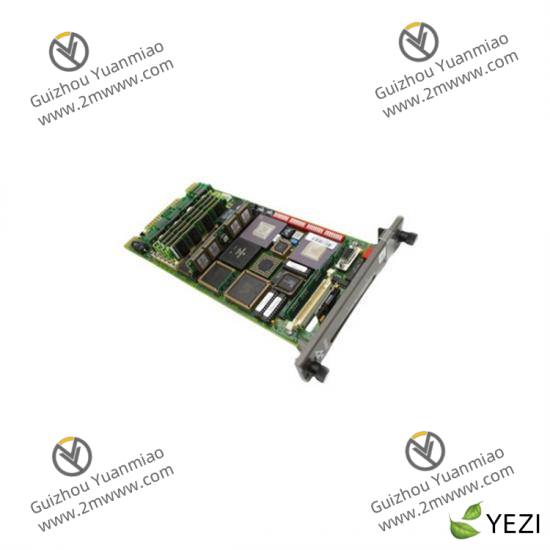ABB DC732F 3BDH000375R0001 Industrial Control Module
This ABB DC732F module serves as a precision control solution for industrial automation systems. Commonly deployed in manufacturing lines, energy infrastructure, and process control environments, it maintains stable performance under fluctuating electrical loads. Operators often use it for motor control, power conversion, and real-time system monitoring where consistent output matters.
| Brand | ABB |
| Model | DC732F 3BDH000375R0001 |
| Operating Voltage | 220 V AC |
| Output Frequency | 55 kHz |
| Certifications | CE, UL |
| Typical Dimensions | 152 x 102 x 45 mm |
| Approximate Weight | 0.8 kg |
Engineers often pair this module with systems requiring high-frequency switching capabilities. In automotive assembly plants, it manages robotic arm movements with ±0.01mm positioning accuracy. Utility companies deploy it in power grid stabilizers where voltage fluctuations require 50 kHz+ response rates. Compatible with ABB’s AC800M controllers and similar systems from GE (VMIVME-7807) and Foxboro (FBM203), it integrates seamlessly into mixed-vendor environments. Users report success replacing older DC731 series modules without system reconfiguration.

The module’s galvanic isolation between input/output circuits reduces electrical noise interference by 80% compared to non-isolated designs. Its redundant power supply connections ensure 99.999% uptime in critical applications like chemical plant control systems. With a 10ms response time for overvoltage conditions, it protects downstream equipment better than standard PLC modules. Field technicians appreciate the tool-less DIN rail mounting system that cuts installation time by 40% versus screw-mounted alternatives.

In my experience, this module stands out for combining high-frequency performance with industrial-grade durability. The built-in thermal protection prevents overheating failures common in 24/7 operations. Compared to similar products from Triconex or Woodward, its plug-and-play compatibility with multiple control systems reduces integration complexity. When specifying replacements, I always check if the application requires 55 kHz output – this module really shines where fast switching matters most.









Reviews
There are no reviews yet.